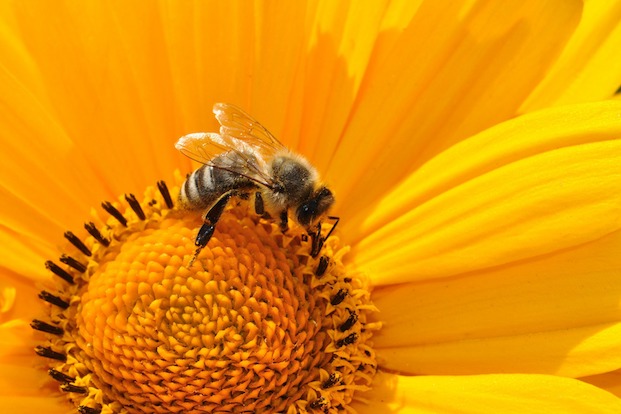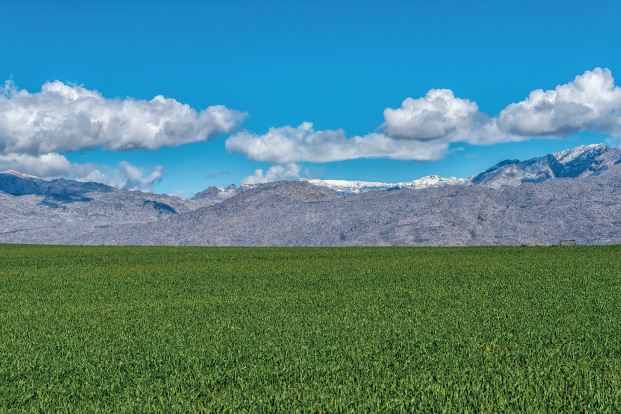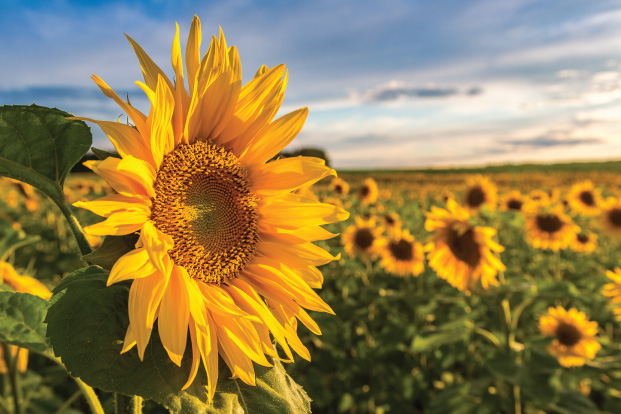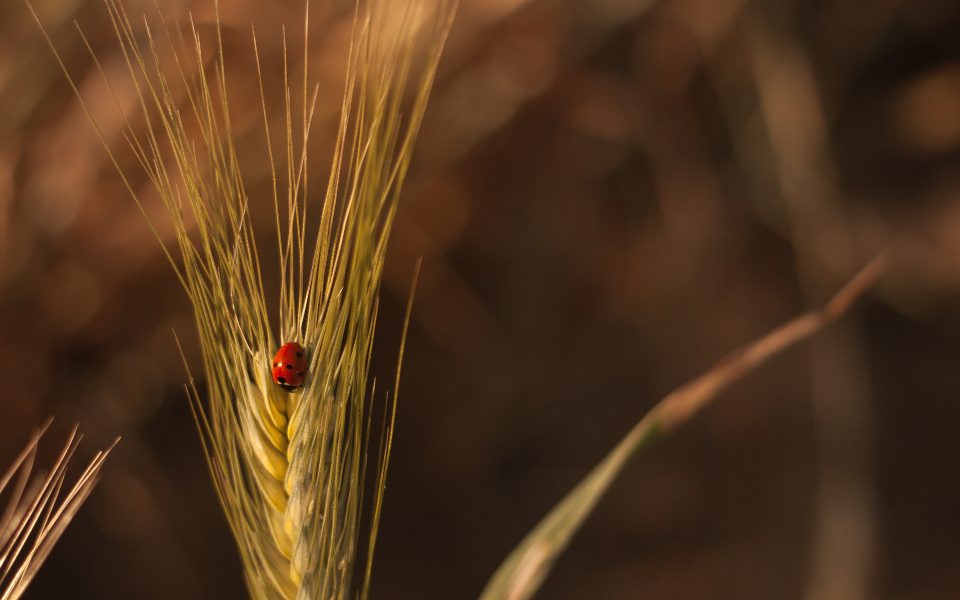Sunflower pollen has medicinal, protective effects on bees

Rethinking sustainable development
September 25, 2018
Fund farmers, not food
September 28, 2018
With bee populations in decline, a new study offers hope for a relatively simple mechanism to promote bee health and well-being: providing bees access to sunflowers.
The study, conducted by researchers at North Carolina State University and the University of Massachusetts Amherst, showed that two different species of bees fed a diet of sunflower pollen had dramatically lower rates of infection by specific pathogens. Bumble bees on the sunflower diet also had generally better colony health than bees fed on diets of other flower pollens.
Reduced infection
The study showed that sunflower pollen reduced infection by a particular pathogen (Crithidia bombi) in bumble bees (Bombus impatiens). Sunflower pollen also protected European honey bees (Apis mellifera) from a different pathogen (Nosema ceranae). These pathogens have been implicated in slowing bee colony growth rates and increasing bee death.
The study also showed a deleterious effect, however, as honey bees on the sunflower diet had mortality rates roughly equivalent to honey bees not fed a pollen diet and four times higher than honey bees fed buckwheat pollen. This mortality effect was not observed in bumble bees.
Jonathan Giacomini, a Ph.D. student in applied ecology at NC State and corresponding author of a paper describing the research, said that bees already seem adept at collecting sunflower pollen. Annually, some two million acres in the United States and 10 million acres in Europe are devoted to sunflowers, he said, making sunflower pollen a ready and relevant bee food.
Sunflower pollen
“We’ve tried other monofloral pollens, or pollens coming from one flower, but we seem to have hit the jackpot with sunflower pollen,” said co-senior author Rebecca Irwin, a professor of applied ecology at NC State. “None of the others we’ve studied have had this consistent positive effect on bumble bee health.”
Sunflower pollen is low in protein and some amino acids, so it should not be considered as a standalone meal for bee populations, Irwin said. “But sunflower could be a good addition to a diverse wildflower population for bees,” she said, especially generalists like bumble bees and honey bees.
Click HERE to read the full article



